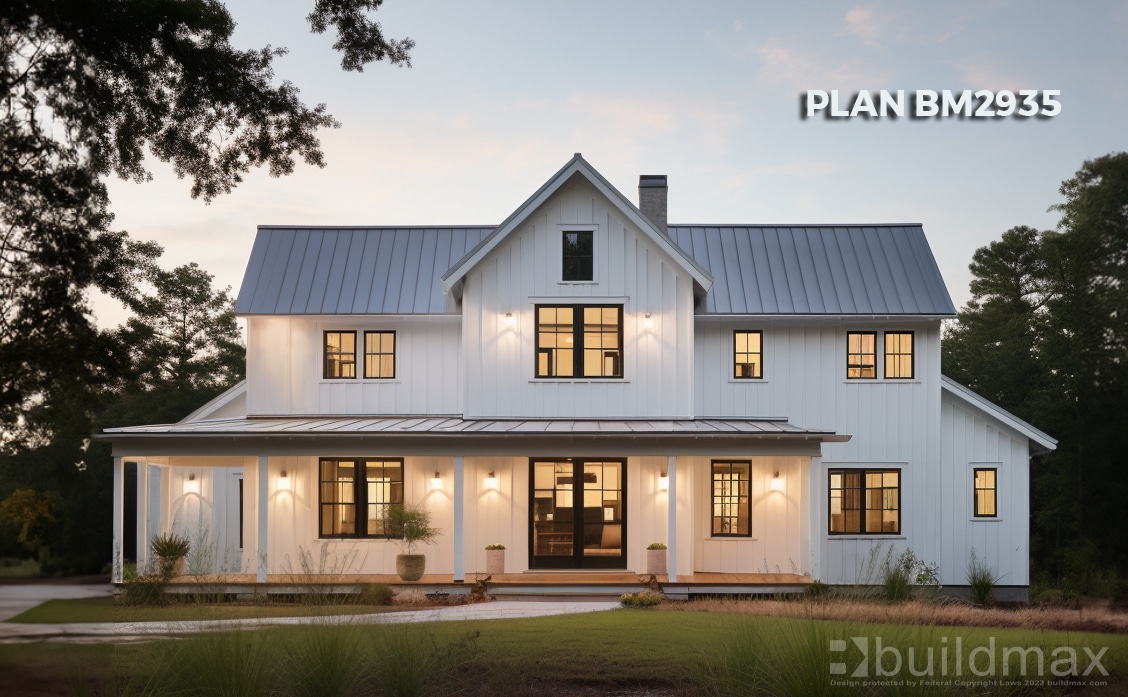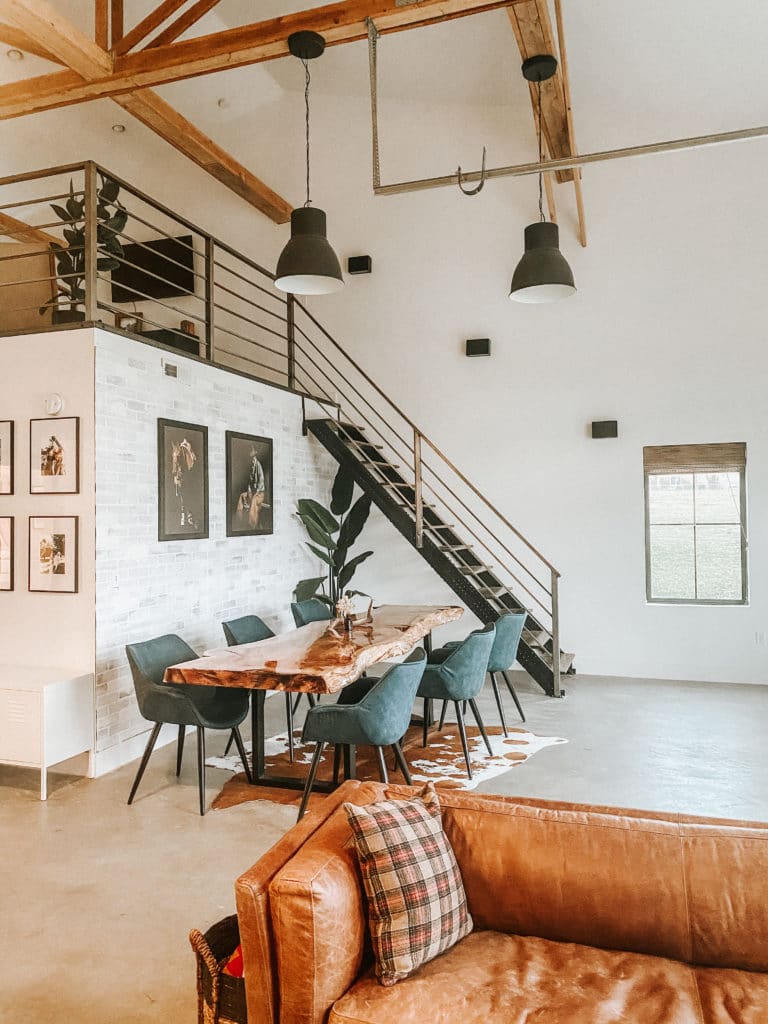Comprehensive Barndominium Repair: Dealing With Architectural and Visual Problems
Barndominiums Vs. Conventional Houses: a Comprehensive Comparison of Lifestyle and Functionality
The choice in between barndominiums and standard homes includes different elements, including lifestyle choices and practical demands. Barndominiums are characterized by their open formats and flexibility, usually attracting those who prioritize public living and adaptability. In contrast, traditional homes offer an even more structured environment, which may better offer family members seeking personal privacy and a feeling of history. As we examine the price ramifications and environmental factors to consider, it ends up being clear that the choice prolongs beyond plain aesthetic appeals and functionality; it welcomes a deeper expedition of what genuinely defines a home.
Summary of Barndominiums
Barndominiums, an unique housing trend obtaining popularity throughout numerous regions, mix the rustic appeal of barn-style design with the functionality of modern home. These unique frameworks commonly include a steel or timber framework, integrating open flooring strategies and high ceilings with energy-efficient functions. Commonly positioned on large country buildings, barndominiums supply home owners the possibility to appreciate a tranquil way of life while supplying ample space for numerous tasks.
The adaptability of barndominiums prolongs beyond their visual allure; they can serve as both living quarters and functional spaces for leisure activities, workshops, or also local business. Their adaptive design enables very easy personalization, accommodating varied household needs and choices. Lots of owners value the reduced maintenance requirements connected with steel siding and roof covering, adding to long-term longevity.

Features of Standard Residences
Emphasizing ageless layout and convenience, traditional homes are defined by their unique building designs, which often reflect historical influences and local visual appeals. Typical attributes consist of symmetrical facades, gabled roofing systems, and an emphasis on craftsmanship, leading to a cozy and welcoming ambience.
Typical homes often incorporate aspects such as crown molding, wainscoting, and wood floor covering, improving their traditional charm. They commonly include numerous areas with specified objectives, advertising family members communication while permitting personal privacy. visit website. The format frequently includes formal living and dining areas, which contribute to amusing visitors and holding household events
Outside products such as brick, wood, or stone are frequently used, contributing to resilience and a sense of permanence. Barndominium builder. Additionally, many traditional homes are designed with front porches or stoops, fostering a feeling of community and connection with the neighborhood
Landscape design plays a substantial duty in standard home style, with well-kept gardens and pathways that boost aesthetic charm - read more. Overall, standard homes symbolize a feeling of nostalgia and stability, appealing to those who value heritage and an extra organized living atmosphere
Expense Comparison
Usually, a cost contrast between barndominiums and conventional homes reveals significant distinctions in building and construction costs and general investment. Barndominiums, often constructed from steel or steel frameworks, usually incur reduced product and labor expenses than conventional homes built from timber and brick. The simplified layout of barndominiums can equate to decreased construction times, better reducing labor costs and quickening tenancy.
On average, the price per square foot for a barndominium varies from $100 to $150, while standard homes can vary extensively, normally falling in between $150 and $300 per square foot, depending upon area, products, and design intricacy. This cost difference makes barndominiums an appealing alternative for budget-conscious purchasers looking for larger space without giving up high quality.
Additionally, barndominiums might lead to long-lasting savings with lower maintenance prices, energy performance, and insurance prices. Their durable building products frequently require less maintenance in time contrasted to traditional homes. It is important to think about that while first costs may be lower for barndominiums, the last financial investment will certainly also depend on individual modification and desired facilities, which can influence the general expenditure in both real estate kinds.
Lifestyle and Space Considerations
When thinking about way of living and room, barndominiums offer an unique flexibility that charms to a range of home owners. These hybrid frameworks combine residential living with functional space, typically featuring open layout that can be adapted to suit individual needs. This adaptability is particularly advantageous for families or people seeking a personalized living environment, enabling varied usages such as office, workshops, or leisure areas.

Furthermore, the visual appeal of barndominiums can satisfy both rustic and contemporary preferences, making them a versatile selection for different layout preferences (Barndominium repair). Eventually, the selection between a barndominium and a typical home typically pivots on exactly how well each option lines up with the homeowner's way of life aspirations and spatial demands, highlighting the importance of thinking about individual priorities in the decision-making procedure
Ecological Impact and Sustainability
The ecological influence and sustainability of barndominiums present engaging benefits compared to conventional homes. Largely constructed from steel and various other durable materials, barndominiums are commonly built utilizing recycled sources, lowering the demand for new products and decreasing waste. Their design usually stresses open rooms, which can lead to lower energy usage for heating & cooling compared to conventional homes with more fractional designs.
In addition, barndominiums can incorporate sustainable functions such as solar panels, rain harvesting systems, and progressed insulation strategies, boosting their power efficiency. The versatility of their style permits house owners to incorporate these modern technologies extra seamlessly than in many traditional homes, which may require comprehensive retrofitting.
Additionally, barndominiums usually call for fewer resources for building and construction due to their easier, much more reliable layouts (learn more). On the whole, barndominiums stand for a forward-thinking technique to sustainable living, aligning with modern ecological concerns.
Conclusion
In summary, the selection between barndominiums official source and typical homes hinges on specific lifestyle choices and functional demands. Barndominiums, with their open layouts and sustainable products, cater to those looking for flexibility and common living.